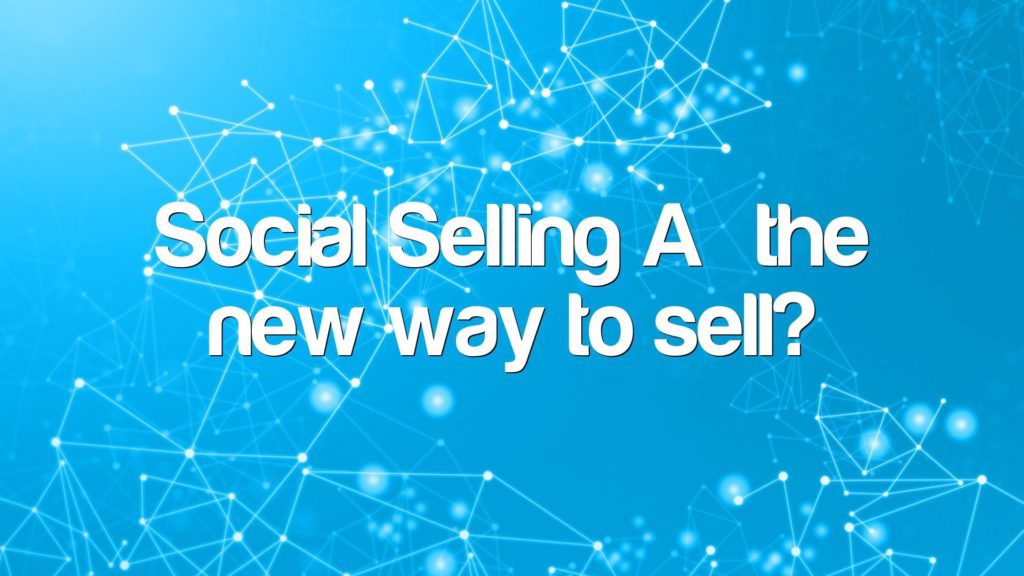The definition of social selling is pretty straightforward. Social selling is the process of developing relationships through social media by interacting daily with their potential customers to generate revenue. In May 2017, Forrester surveyed 265 sales and marketing leaders and found out that 49% of B2B enterprises have developed a formal social selling program and 28% are in the process of doing so. [1]
As a business owner, utilizing the power of social selling is a very effective way to boost sales. But no one becomes a social selling expert overnight. Just like anything that has to do with building a successful business, you have to commit to the improvement of your sales approach every single day.
Daily Social Selling Activities
You must be thinking ‘Every day?! Who has the time to do this every day?’ But believe it or not, you can already see positive results if you commit 30 minutes of your day to social selling. In order for you to do that, you have to be in a platform where you would be found by the people who would buy from you and the best place to find prospects are LinkedIn, Twitter and Facebook.
Whether you are a freelancer, a business owner or an executive at a major company, LinkedIn is a great tool for you to cultivate your career or business. LinkedIn is a social network for professionals and because of this, it is considered to be the best place to conduct social selling.
“The thing you need to realize is that your prospects are on LinkedIn. A lot of their information is on LinkedIn. You can connect, interact and build the foundations of a relationship on LinkedIn which radically enhances the sales process.” – Daniel Disney, Founder of The Daily Sales
There are several ways you can check for new prospects in LinkedIn daily:
- Notifications – When people show up in your notifications that means they have interacted with you or your content in some way which makes connecting with them easier since they already know who you are at some level.
- Activity Page – In your activity page you will find people who have liked, commented or shared your status updates and Publisher posts.
- Who’s Viewed My Profile – In this page, you will find the people who has viewed your profile. You can see which ones you are not connected to and visit their profile to see if they would be a potential prospect.
- Advance Search – LinkedIn has a very useful feature where you can apply filters to optimize search results.
Once you have found your new prospects, send them a personalized connection request. When writing your request, review their profile first to see if you have something in common with them and use that in your message. Including a personal touch in your requests will help you stand out.
But creating connections is just the beginning. Nurture your prospects by sharing valuable content and engage with them whenever possible.
Twitter is a great platform for social listening. Social listening is the process of tracking conversations around specific topics, keywords, phrases, brands or industries, and leveraging your insights to discover opportunities or create content for those audiences.
You can make use of tools such as TweetDeck and Hootsuite that streamline twitter conversations based on keywords and hashtags or you can use Twitter Lists to group prospects in ways that make the most sense for your sales strategy.
When you identify your prospects, don’t sell to them right away. Take the time to become a familiar presence to your prospect by engaging with them. Like and reply to their Tweets so you become a familiar name to them. By the time the opportunity for a sales conversation presents itself, your prospects will already be able to recognize you.
Facebook is the biggest social network platform today but when it comes to social selling, it is considered to be the trickiest and the least one to provide results. This is because Facebook is mostly used for personal reasons and the reach of business pages is growing more and more limited at every algorithm update.
But still, it is a platform that should not be overlooked.
The best way to find and connect prospects on Facebook is to join groups. A Facebook Group is a place for group communication and for people to share their common interests and express their opinion. Find ones where people in your industry are likely to hang out and start building relationships with them there. Just like social selling on Twitter, it is important to not to tell them your sales pitch immediately.
In your daily social selling activities, it is important to be consistent. So continue to commit 30 minutes of your day to create a consistent flow of leads and sales.
Social Selling vs Social Media Marketing
Social selling and social media marketing are two concepts that are often used interchangeably but these two terms mean different things. Social media marketing is a branding strategy that leverages social media platforms to grow a brands social footprint by promoting owned content as well as trending content in an industry to establish a brand as a thought leader in its industry. On the other hand, social selling focuses more on prospecting and maintaining visibility for your brand to drive sales. In other words, social media marketing aims more about increasing your brand’s reach while social selling aims to generate profit. These two practices go hand in hand in increasing brand awareness and generating sales.
Social selling means more than just using LinkedIn, Twitter or Facebook. It is building personal relationships with your prospects. The most important aspect of social selling takes place offline and that is to develop a sense of empathy and an understanding of the usual problems they face.
Connection is the real secret to effective social selling.

